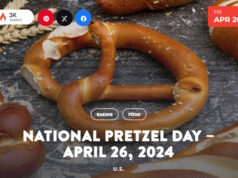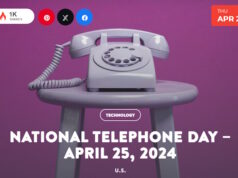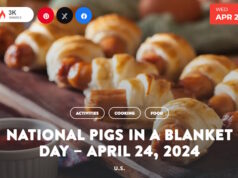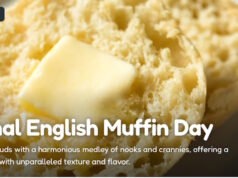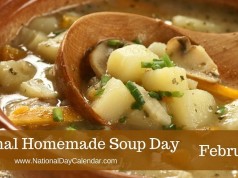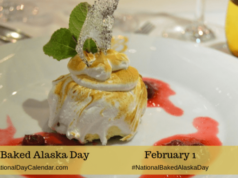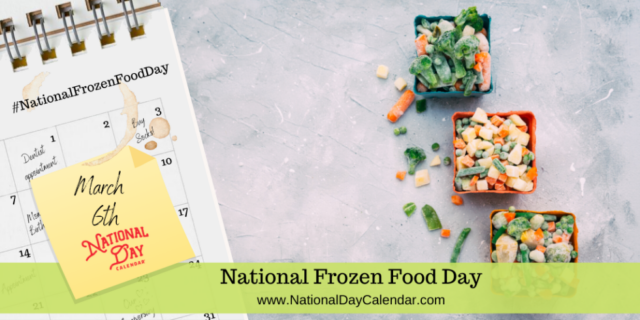
National Frozen Food Day recognizes the preservation feat that freezing fruits, vegetables, and meats have been on modern life. Celebrated each year on March 6th, the observance takes a look at how frozen food impacts our daily lives, its history, and how far it has come.
- Proclamation 5157 was signed by President Ronald Reagan in which it said: “Now, Therefore, I, Ronald Reagan, President of the United States of America, do hereby proclaim March 6, 1984, as Frozen Food Day, and I call upon the American people to observe such day with appropriate ceremonies and activities.”
- Credit for the flash freezing of fruits, vegetables, meats and seafood to preserve flavor and quality is given to American inventor, entrepreneur and naturalist Clarence Frank Birdseye II.
- Food preservation by freezing had been done long before Birdseye had ever begun experimenting with the process. Birdseye discovered the key was freezing the food quickly. Flash freezing forms small ice crystals which prevent the cell walls from bursting. Large ice crystals turn the food to mush.
- Birdseye applied for a multitude of patents, but one of his earliest is from 1927 for a process to flash freeze foods. Consider that in 1930 only 8 percent of American households had refrigeration units in their homes. A frozen food patent in 1927 was a visionary step in a long chain of events to make frozen foods a marketable product.
- Frozen dinners, first known as TV dinners, came on the scene in 1954 and were introduced by Swanson. These pre-cooked meals only needed to be heated through in the oven to be ready to eat. No cooking skills were required. Pre-heat the oven, cook for the required length of time and eat.
- It is believed that first use of freezing food in industrial food sales took place in the 1800s. The story goes that a Russian company froze a small quantity of duck and geese and shipped them to London.
- The first complete frozen meal was not actually the TV dinner; it was food prepared for commercial airline flights.
- In 1945, Maxson Food Systems, Inc. started making their so-called “Strato-Plates,” meals that were created specifically for consumption on airplanes (both by military and civilian passengers). Each frozen meal included a meat, a vegetable, and a potato, and was meant to be reheated for in-air chowing.
- Freezer burn is the result of air hitting frozen food and allowing the ice to sublimate.
- The Celentano brothers, who owned their own Italian specialty store in New Jersey in the 1950’s, are believed to have marketed the first frozen pizza in 1957.
- Freezing is the best method to preserve food. It keeps the food fresher than other methods, such as canning or drying.
- Frozen foods are picked at the height of ripeness and flash frozen. This means that some of them may actually be more nutritious than “fresh” produce that has traveled for weeks to get to the grocery store. This same concept applies to frozen seafood.
- Nutritious foods can be enjoyed year-round with the use of the freezing process, even in climates where produce does not grow well in the winter months.
- Frozen foods do not require extra preservatives or sodium, making them no less healthy than fresh foods.
- Healthy Choice foods were inspired by a heart attack. Charles M. Harper, head of Conagra foods, suffered a heart attack that forced him into intensive care. He knew he had to mend his ways and on the way to changing to a healthy diet, he realized that those foods could actually taste pretty good. In 1989, he started the Healthy Choice food line, which soon took market share from other healthy eating brands.
- The sleeve in Hot Pockets has a name. It’s called a susceptor, a crisping device used to get that conventional-oven feel from a microwave.
Sources:
Eat This, Not That



